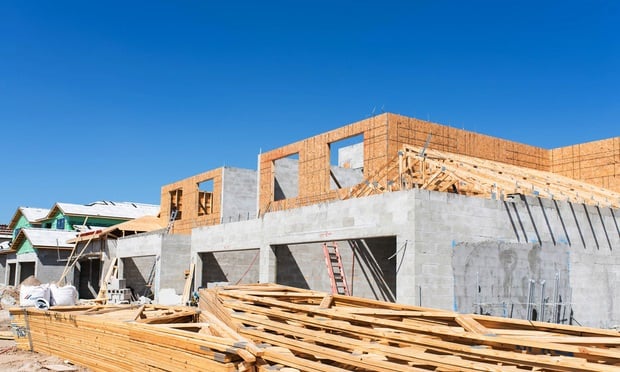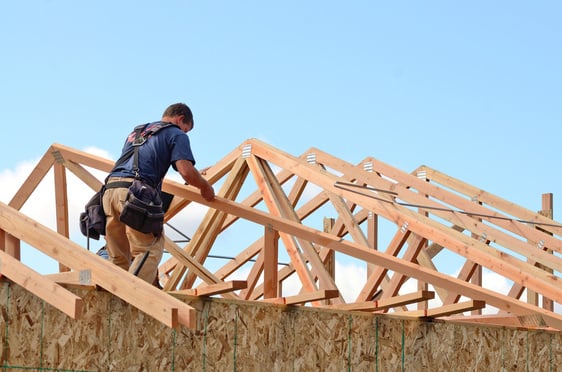Looking to the future, expect to see the continued shift from retail shopping centers to entertainment and dining centers continue. That is according to Melina Ferraez, director of marketing at Victoria Gardens, a Forest City property. “Online shopping is certainly here to stay, and many believe that retail stores will continue to have smaller physical footprints as a result,” she says. “That said, brick and mortar spaces will remain important for retailers in terms of brand awareness, as well as to accommodate shoppers who still want the traditional shopping experience of browsing and purchasing a product in-store.”
Ferraez points out that “the Millennial generation will continue to drive trends in retail, as will their younger counterparts, who are likely to have their own unique demands.” The key for retail centers today and retailers to come, she adds, is to do everything possible to avoid becoming stagnant or complacent with a center design or tenant make up. “Retail centers must constantly evolve to reflect changing tastes and accommodate new generations of shoppers.”
According to Brandon Famous, Americas head of retail occupier advisory and transaction services at CBRE, over the next 15 years there will be further integration of e-commerce with bricks and mortar and retailers will continue to focus on the consumer experience.
Some of the key questions retailers should ask themselves, according to Famous, are: “What are we doing to get the consumers in the store? How do we keep them in the store longer? What psychological or emotional behavior can we analyze to get them to spend more?” He notes that “Retailers will become more sophisticated in how they refine online shopping and brick and mortar to get people in the store, keep them there longer and spend more money.”
CBRE's Todd Caruso, senior managing director of retail agency, says that the past saw retail formats develop, evolve and become obsolete. “Retail in the US was most prominent in downtown business districts before enclosed shopping malls evolved in the 1950s, breathing life into the suburbs. This spurred an onslaught of new formats that most likely fell into three categories: strip, neighborhood and community centers.”
Caruso adds that over the last 15 years “we've seen formats morph to include lifestyle and big box power centers, and today new retail development is dominated by urban street scape and mixed-use. This trend respond to demographic shifts as Baby Boomers are downsizing and leaving the suburbs for cities and Millennials have been reluctant to follow their parents' path of owning a suburban house with a white picket fence.”
What has been the most dramatic shift that we've witnessed over the last 15-20 years? According to Caruso, it has been the securitization of commercial real estate. “Several family-owned developers took their companies public, forming REITs, which continue to own the largest share of neighborhood and community shopping centers and enclosed malls,” he says. “Foreign investors have emerged as active buyers in the urban core markets, with private net-leased owners dominating the freestanding facilities.
In the coming years, we expect to see a consolidation of the public REITs. There are many players that own similar-type assets, and in a world where the public markets are pushing for clear differentiation, ultimately it will make sense for them to consolidate.”
Investment in urban areas will continue, he adds. “Every major gateway market in the U.S. will see more investment capital flowing into their urban core than in their entire suburban MSA. That said, strong suburban retail areas will continue to thrive.”
In addition, he concludes, “There will continue to be more disparity between assets that are performing versus those that are underperforming. Rental rates will increase at a greater rate for 'A' properties compared to 'B' and 'C' properties.”
Continue Reading for Free
Register and gain access to:
- Breaking commercial real estate news and analysis, on-site and via our newsletters and custom alerts
- Educational webcasts, white papers, and ebooks from industry thought leaders
- Critical coverage of the property casualty insurance and financial advisory markets on our other ALM sites, PropertyCasualty360 and ThinkAdvisor
Already have an account? Sign In Now
© 2024 ALM Global, LLC, All Rights Reserved. Request academic re-use from www.copyright.com. All other uses, submit a request to [email protected]. For more information visit Asset & Logo Licensing.








